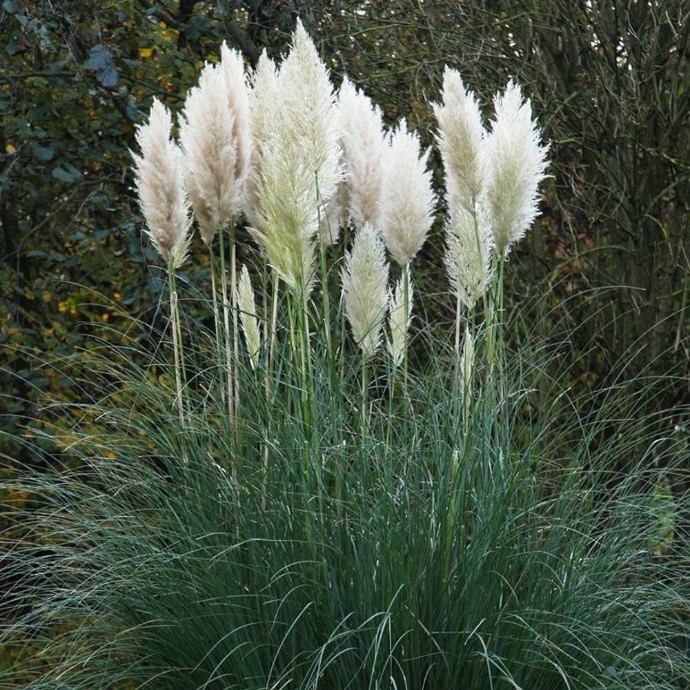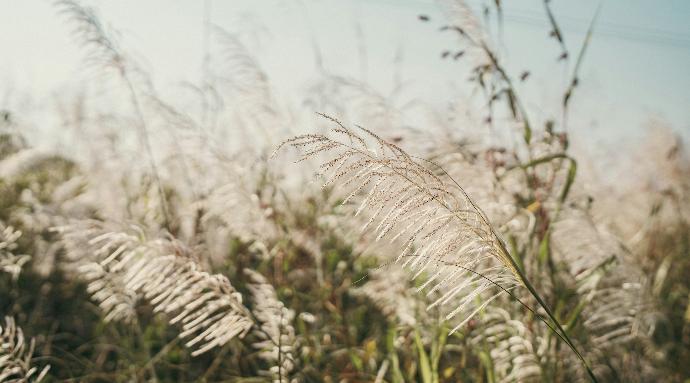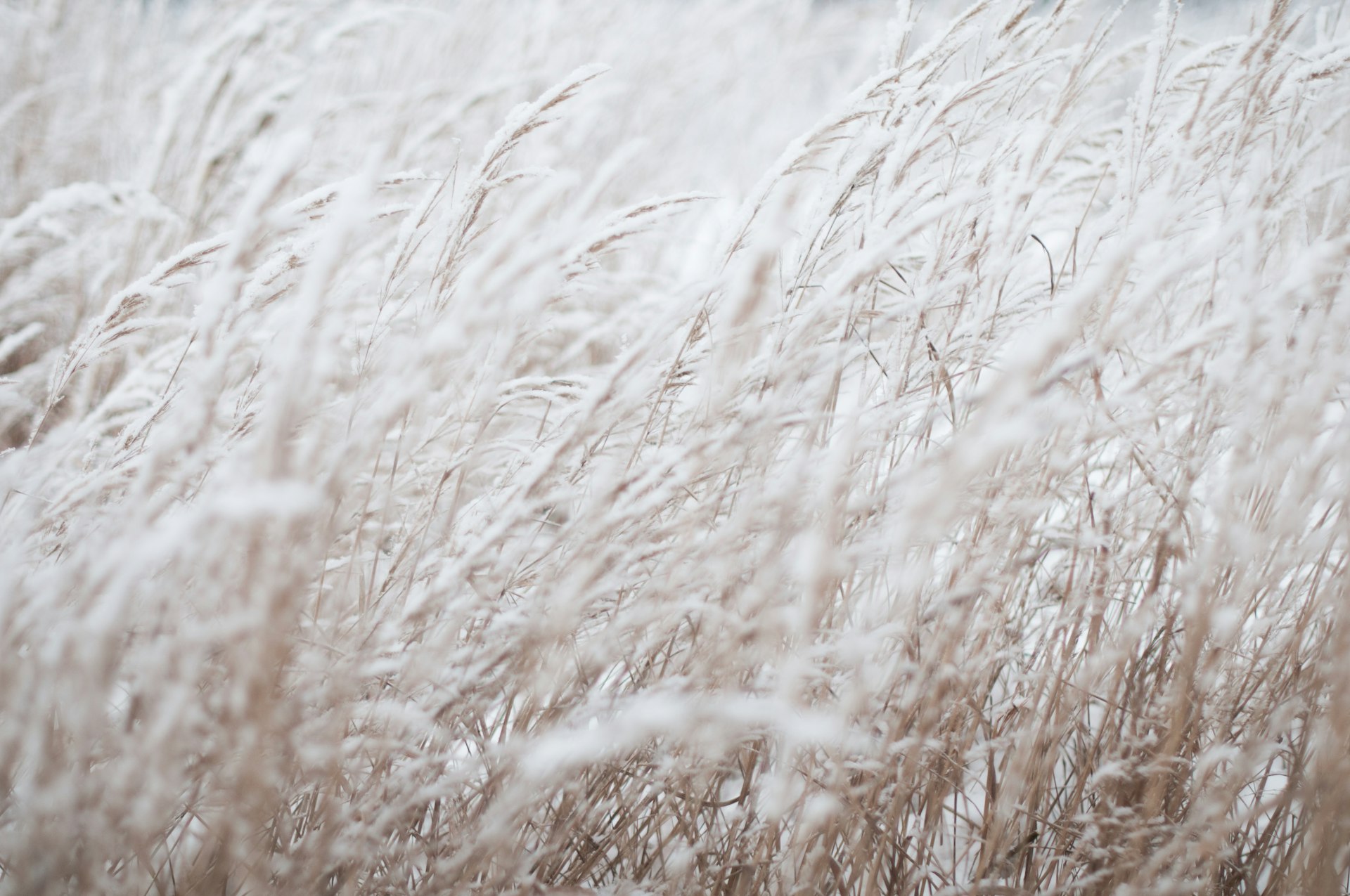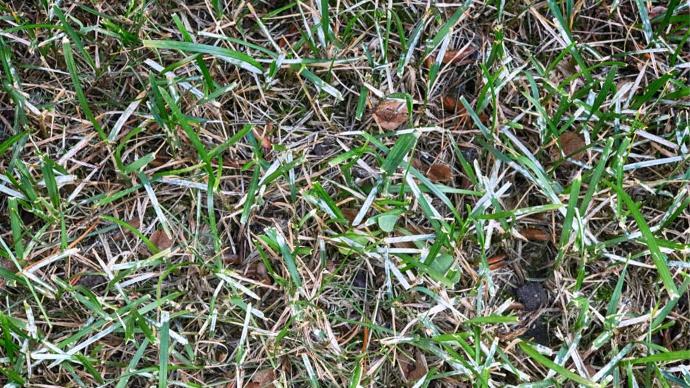White grass Plant
White Neredu, possibly referring to a specific plant variety, may have varying care requirements. Generally, provide well-draining soil, appropriate sunlight, and regular watering. Pruning and fertilizing practices may vary based on the specific characteristics of this plant.

Habit
Aquatic
Height
10-30 cm
Growth
Moderate
Soil
Well-drained, sandy soil
Shade
Full Sun to partial shade
Moisture
Wet
Edible
No
Medicinal
No
Origin
Tropical, subtropical
Climatic Condition
Warm-season grass
Temperature (°)
25-35
Humidity (%)
60-80
Potting media
Loamy, sandy soil
Fertilizers
Balanced slow-release
Watering
High
Plant Weight
150-250 grams
Flowering Time
Spring to Summer
Soil Ph level
6.0-7.0
Water Ph level
6.5-7.5
Soil EC
0.4-0.5 mS/cm
Yield Per Plant
Low
NPK ratio
10:10:10
life Span
1-3 years
Health Benefits
Drought-tolerant, used in lawns and pastures
Suggested Grow Media or Potting Mix ?
50% loamy soil, 30% compost, 20% sand
Suggested Fertigation/Fertilizers
Fertilize every 4 weeks with a balanced fertilizer.
Common Diseases and Remedies
Powdery mildew, Downy mildew, Fusarium wilt, Black spot.
Necrotic spots appear on the leaves. White powder like substance appear on the leaf.
Avoid over watering and Remove the effected part.
Cinnamon fungicide can be sprayed 2-3 applications in 15days interval. thiophanate methyl, chlorothalonil, ferbam, and mancozeb.
HEALTH BENEFITS
· Some species are used for wound healing and fever reduction.
· Potential anti-inflammatory benefits.
What Is An White Grass Tree?
"White grass" is definitely not a particular term for a plant. Nonetheless, in the event that you are alluding to a plant with white-hued foliage or grass-like appearance, there are a few prospects. One normal plant fitting this depiction is the Japanese Silver Grass (Miscanthus sinensis 'Gracillimus'). It is a perpetual grass known for its elegant curving foliage with a silver-white shading. It commonly fills in bunches and can arrive at levels of 4 to 7 feet. Japanese Silver Grass is valued for its decorative worth, frequently utilized in arranging to add surface and development to gardens.

What Are The Different Types Of White grass Plants?
1. Japanese Silver Grass (Miscanthus sinensis 'Gracillimus')
Known for its effortless curving foliage with a silver-white shading.
2. 2. White Wellspring Grass (Pennisetum alopecuroides 'White Wellspring')
Highlights white, feathery tufts looking like a wellspring transcending the foliage.
3. Frigid Woodrush (Luzula nivea)
A bunch shaping grass with evergreen foliage that is frequently touched with white.
4. White Pampas Grass (Cortaderia selloana 'Pumila')
An assortment of Pampas Grass with soft white tufts that arise in pre-fall.
5. White Muhly Grass (Muhlenbergia capillaris 'White Cloud')
Known for its vaporous, white bloom crest that show up in pre-fall to fall.

How to Care White grass Plant ?
1. Location
The area for establishing white grass plants relies upon the particular sort of grass you pick, yet by and large, they flourish in bright to some extent concealed regions with well-depleting soil. Here are a few overall rules for establishing white grass plants
2. Sunshine
White grass plants, in the same way as other fancy grasses, ordinarily flourish in radiant areas. They for the most part favor full sun, and that implies they need something like 6 to 8 hours of direct daylight every day to develop and prosper ideally. Full sun openness guarantees that the plants get adequate light energy for photosynthesis, advancing sound, areas of strength for development advancement, and energetic foliage.
3. Soil
White grass plants don't endure waterlogged soil well, as it can prompt root decay and different issues. Guarantee that the dirt empties uninhibitedly to forestall water out of pooling around the roots. Sandy or loamy soils are normally great for advancing great seepage.
4. Hydration
During the main developing season subsequent to planting, it's crucial for keep the dirt reliably wet to assist the plants with laying out their root foundations. Water recently established white grasses profoundly following planting, and keep on watering routinely, particularly during droughts.
5. Nourishment
Apply a reasonable, slow-discharge compost formed for elaborate grasses in the spring, as new development starts. Slow-discharge composts give a consistent stockpile of supplements over a drawn out period, advancing supported development without the gamble of manure copy.

6.Issues
While white grass plants are generally low-maintenance, they can still be susceptible to various issues that may affect their health and appearance. Here are some common issues to be aware of when growing white grass plant
What are the Benefits of White grass Plant ?
1. *Ornamental value:* White grass plants add visual interest to landscapes with their graceful foliage and unique textures. They provide contrast to greenery and colorful flowers, creating focal points and enhancing the overall aesthetic appeal of gardens.
2. *Versatility:* White grass plants come in various sizes and growth habits, making them versatile choices for a range of landscaping applications. They can be used as ground covers, border plants, or specimen plants in both formal and informal garden designs.

FAQs About Growing White grass
1. how to maintain white grass plant ?
Provide regular watering to keep the soil consistently moist, especially during the establishment phase. Once established, water white grass plants deeply but infrequently, allowing the soil to dry out slightly between waterings. Adjust watering frequency based on local climate conditions and rainfall.
2. what are the uses of white grass plant ?
White grass plants add visual interest to gardens with their graceful foliage, unique textures, and striking coloration. They can be used as accents, borders, or focal points in both formal and informal garden designs, providing contrast to greenery and colorful flowers.
3. can i grow white grass plant indoor ?
White grass plants typically prefer full sun to partial shade outdoors, so it's essential to provide them with bright, indirect sunlight indoors. Choose a location near a south- or west-facing window where the plant can receive several hours of sunlight each day. Supplemental grow lights may be necessary, especially in low-light indoor environments.
4. which pot is the best for growing white grass plant ?
Opt for a pot with drainage holes at the bottom to allow excess water to escape freely. Proper drainage helps prevent waterlogging and root rot, ensuring the health and vitality of the white grass plant.
5. from where can you shop white grass plant ?
Visit your local nursery or garden center to browse their selection of white grass plants. Nurseries often carry a variety of ornamental grasses, including white varieties, and can provide advice on plant selection and care.

